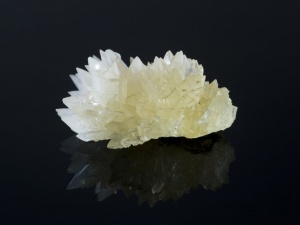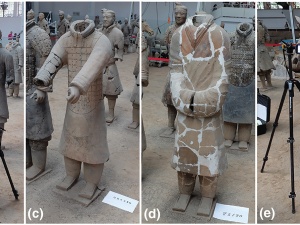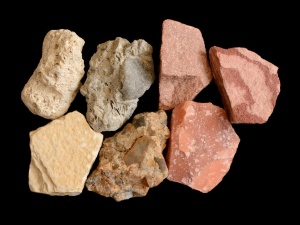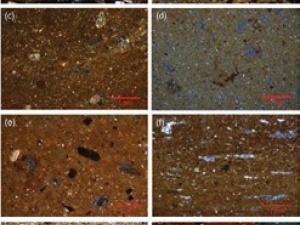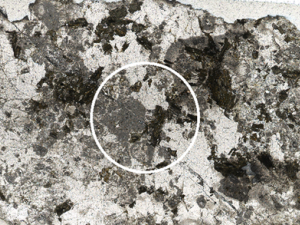Non-Destructive or Noninvasive? The Potential Effect of X-Ray Fluorescence Spectrometers on Luminescence Age Estimates of Archaeological Samples
Abstract
The non-destructive nature of X-ray fluorescence (XRF) spectrometers is a principal reason for an increase in their use in archaeological science over the last 15 years, especially for analyzing museum-curated artifacts and in situ site fabrics. Here, we show that low-power XRF spectrometry can be detrimental for luminescence dating (surface applications such as mud-wasp nest dating in particular). We investigated the effects of irradiation by X-rays emitted from handheld and benchtop spectrometers on optically stimulated luminescence (OSL) signals. Measurements were taken using a portable OSL (pOSL) unit on the following unprepared archaeological materials: sedimentary quartz grains, pottery, a mud-wasp nest, stone tools, and a rock flake with anthropogenically applied pigment and natural pigmentation (iron oxides). We observed an increase in luminescence compared to initial background counts for all materials tested, which could lead to overestimation of age determinations in some situations. Our experiment provides a reminder of the potential effects of X-ray radiation, and the need for thorough documentation of all recording and analytical techniques applied to archaeological materials.
Full article:
Source: Preview Image: a_v_d/Shutterstock

